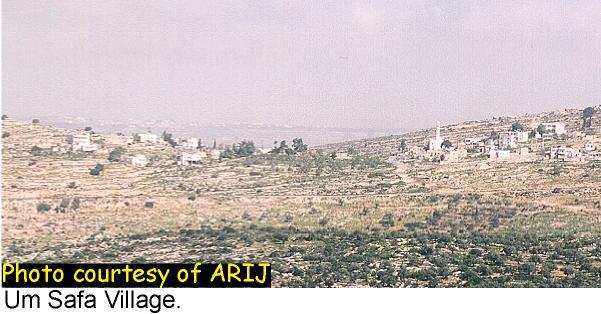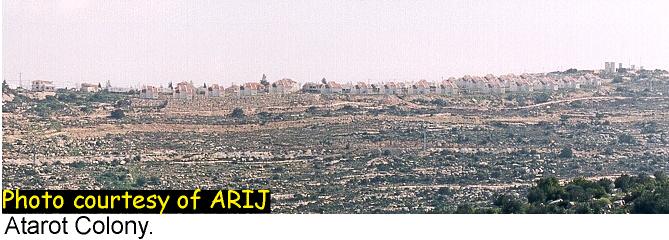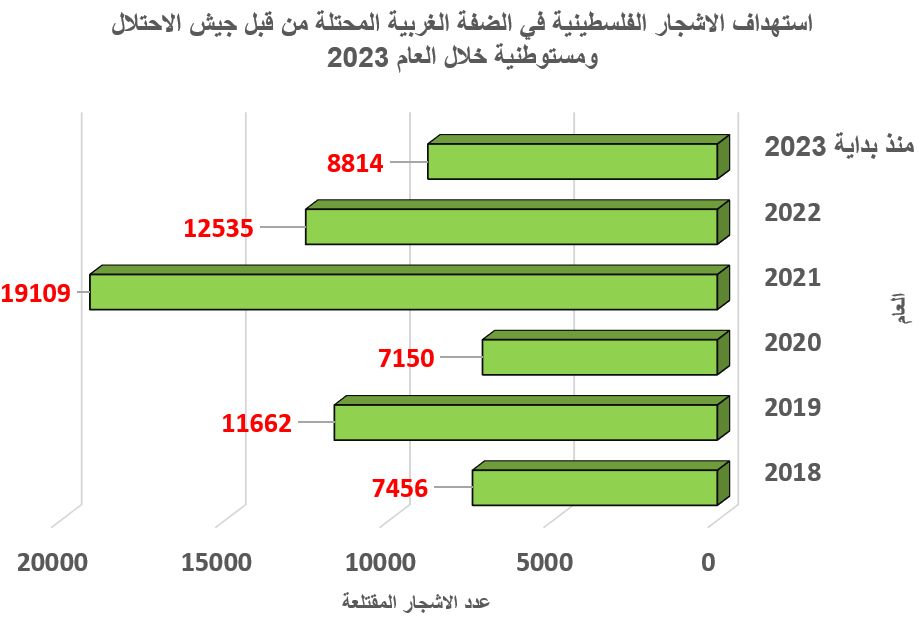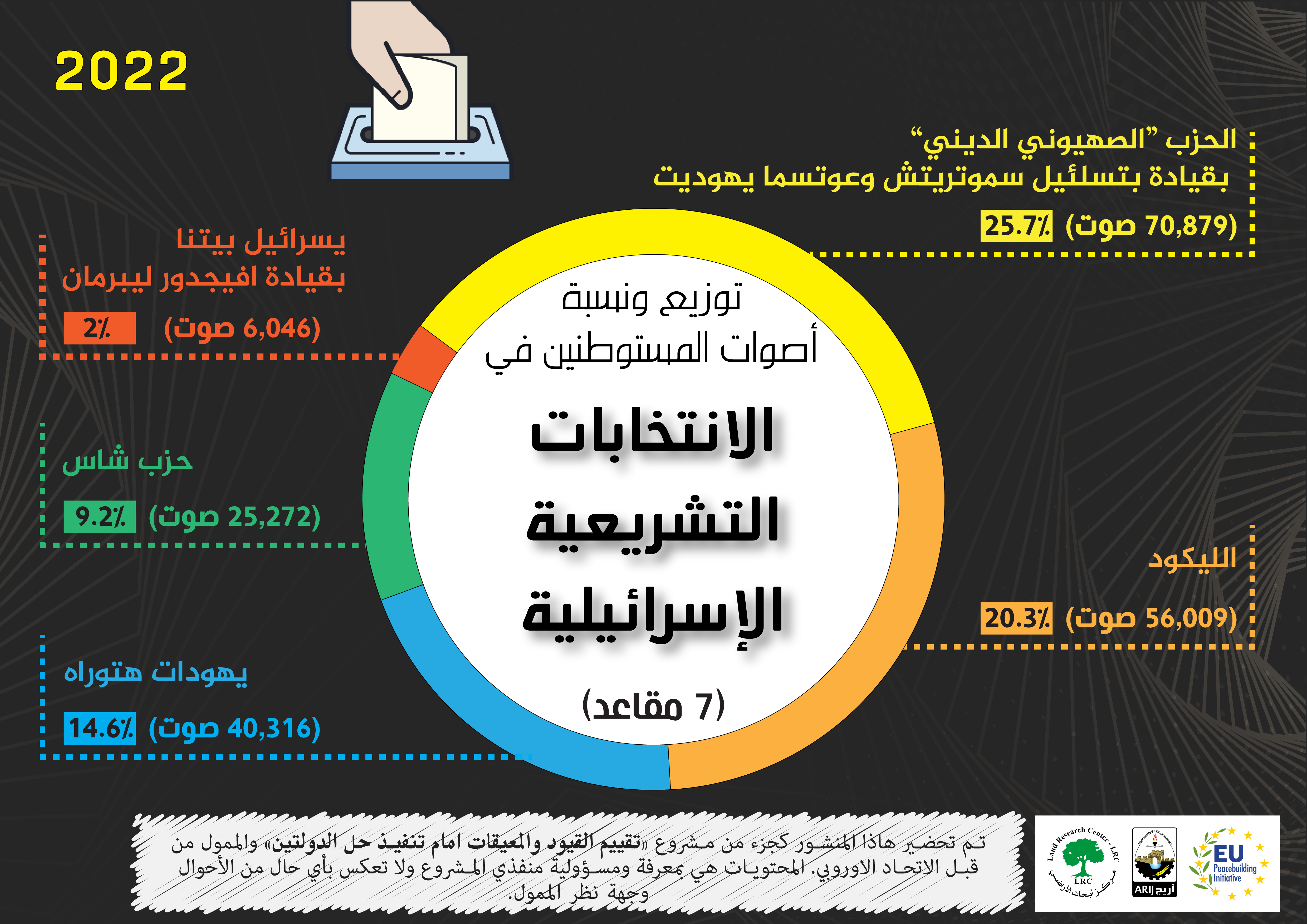Umm Safa is a Palestinian village located 9 km northwest of Ramllah city, between Birzeit and Bani Zied; see photo. The village is also known as Kafr Ishwa'. There are around 600 villagers in Umm Safa. Previously, most villagers depended for their livelihood mainly on agriculture supplemented by other kinds of work. As in much of the West Bank, agriculture now only supports a small amount of people's needs, and most villagers' incomes come from other sources. Among them, 48 villagers work outside of the village, some in Ramallah city and others inside Israel. A few villagers support themselves by breeding livestock. Only one mixed elementary school, with 50 students, is found in the village. Older children have to travel to Birzeit to continue their preparatory and secondary education. Also, 10 students study in different universities in the West Bank.. The village is also known as Kafr Ishwa'. There are around 600 villagers in Umm Safa. Previously, most villagers depended for their livelihood mainly on agriculture supplemented by other kinds of work. As in much of the West Bank, agriculture now only supports a small amount of people's needs, and most villagers' incomes come from other sources. Among them, 48 villagers work outside of the village, some in Ramallah city and others inside Israel. A few villagers support themselves by breeding livestock. Only one mixed elementary school, with 50 students, is found in the village. Older children have to travel to Birzeit to continue their preparatory and secondary education. Also, 10 students study in different universities in the West Bank.
Two Jewish settlements have been constructed at the expense of Umm Safa village land:
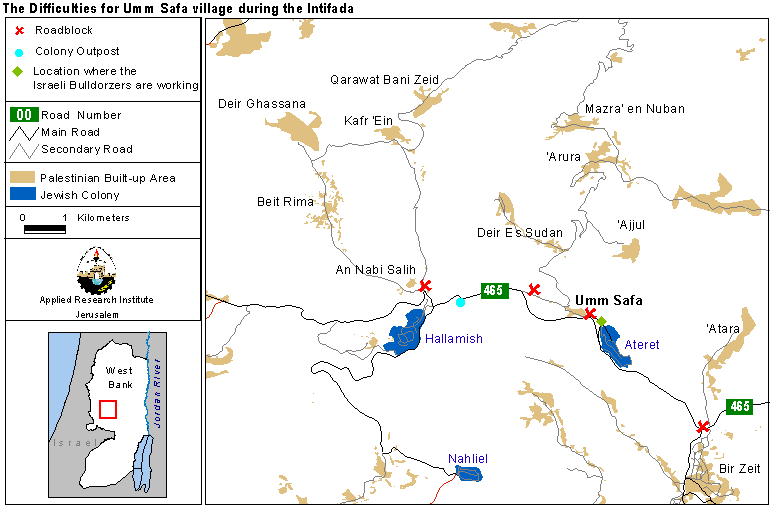
'Ateret settlement, which was constructed in 1981 very close to the village on the east side; see photo. .
- An outpost of Hallamish settlement called Zofit Farm which was built around May 1999 and lies to the west side of the village.
During the Al Aqsa Intifada, Umm Safa village was subjected to an Israeli blockade for 47 days. A particularly detrimental period of this blockade was during the olive harvest between October 25 and November 15, 2000. Throughout that time, Palestinian villagers faced many difficulties in picking their olive trees. Several attacks have taken place in the area by Jewish settlers. An example of these attacks is the assault by settlers on Moussa A'bayat who was working in a field close to the Hallamish settlement outpost Neve Tsuf. Jewish settlers also attacked the villager Abu Muhammad Khader, who was working in Fayez Al Edrisi's field. As a result of these attacks Palestinian villagers were afraid to harvest the lands located close to the outpost. These lands include 8 dunums (0.8 hectares, 2 acres) that belong to Abed Sabah from Umm Safa village and 20 dunums (2 hectares, 5 acres) belonging to Ibrahim At Tamimi from Al Nabi Saleh village. The olive harvest is considered to be these villagers' main source of income.
Palestinian villagers close to the two settlements were obliged to work together in picking their olive crops, in order to help prevent settlers' assaults. Normally Umm Safa villagers take their olives 2.5 km to the olive press in El Nabi Saleh village. As a result of the blockade, villagers had to pass through A'arura, Mazra' en Nuban, Qarawat Bani Zied, Kafr 'Ein, Deir Ghassana and Beit Rima, to reach the olive press; see map..
During the blockade on Umm Safa village, Israeli occupation bulldozers continued to open more roads, expanding Jewish settlements near this village. Umm Safa has faced similar damaging acts in the past.
-
In August 1998, Palestinian villagers confronted the Israeli forces, who were trying to bulldoze the land from the east side. The villagers were successful in stopping the destruction of the village.
-
Another incident took place in the village in 1999, when Israeli authorities fenced a 23-dunum plot of land from the east side of the village, and set up a new gate for it.
Since the start of the Intifada the main Israeli actions on the land around Umm Safa village were:
-
In November 2000, Israeli military forces started bulldozing large areas of land estimated at 300 dunums (30 hectares, 75 acres) located between Umm Safa and Jibya villages.
-
In December 2000, Israeli forces started to work on the eastern mountain located between 'Ateret settlement and Umm Safa village. They began by bulldozing 500 dunums (50 hectares, 125 acres) of land owed by Umm Safa, A'jjul, A'arurua and A'tara villages. However, thankfully, the villagers managed to halt the Israeli work on their land.
-
In January, 2001, a report published by the Palestinian Land Defense Committee stated that the Israeli authorities had erected a new outpost on a hill top near Umm Safa.
During this Intifada, Israeli authorities have adopted harsh new policies in blocking Palestinian villages. Settlers have continued and increased their oppression of villagers, hindering normal activities. Life is made more difficult for villagers by restrictions being placed on their freedom of movement and agricultural activities. These actions help the Israelis to strangle the life of the village making it easier for them to impose their will upon the villagers. The Israeli authorities have taken advantage of the current weakness of the village to speed up the expansion of nearby settlements, with new work beginning on around 800 dunums of land near to the village. By these moves, the settlers strengthen the settlement while weakening the Palestinian village, aiding the implementation of any future unilateral separation plan.
Prepared by:
The Applied Research Institute – Jerusalem


